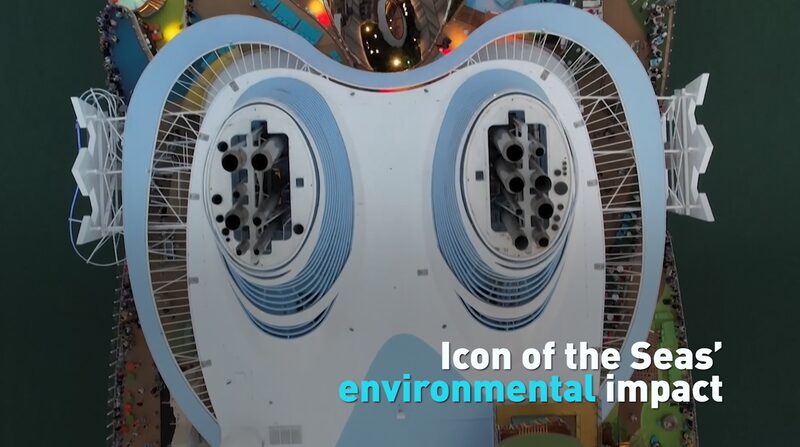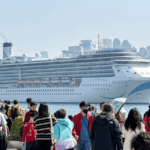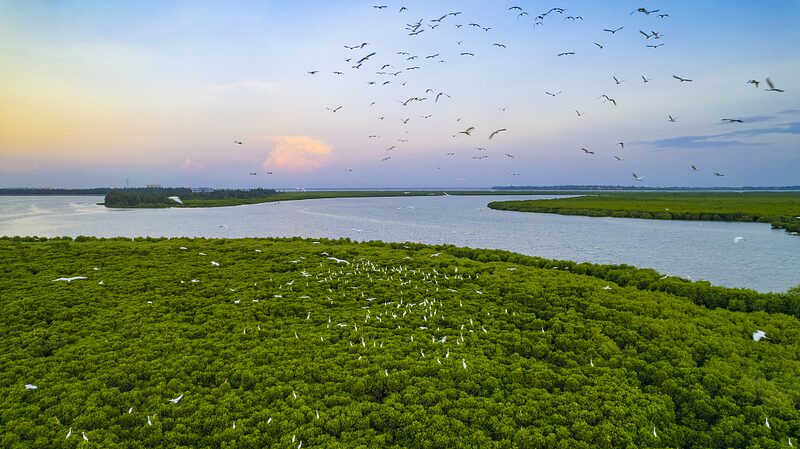Royal Caribbean’s Icon of the Seas, the world’s largest cruise ship, set sail from Miami this week amid record-breaking tourism demand. But while travelers flock to its 20 decks packed with pools, theaters, and even a mini rainforest 🌴, environmentalists are sounding the alarm over its ecological footprint.
Cruise bookings surged in 2023, surpassing pre-pandemic levels as travelers embraced post-COVID adventures. However, the industry’s comeback comes at a cost: the Icon burns liquefied natural gas (LNG), which critics argue produces harmful methane emissions. A single week-long trip could generate as much carbon as 18,000 cars 🚗💨, according to sustainability researchers.
⚡ Why it matters: The ship’s launch highlights the tension between booming tourism and climate goals. Royal Caribbean insists LNG is a 'cleaner transition fuel,' while activists call for stricter regulations. 'Bigger ships mean bigger problems,' said one marine biologist. 'We can’t ignore the impact on oceans and coastal communities.'
Meanwhile, travelers on TikTok are split 🤳—some call the ship a 'floating paradise,' while others vow to #StayOffTheCruise. With Asia’s cruise market also rebounding, the debate is going global 🌏.
Reference(s):
cgtn.com





